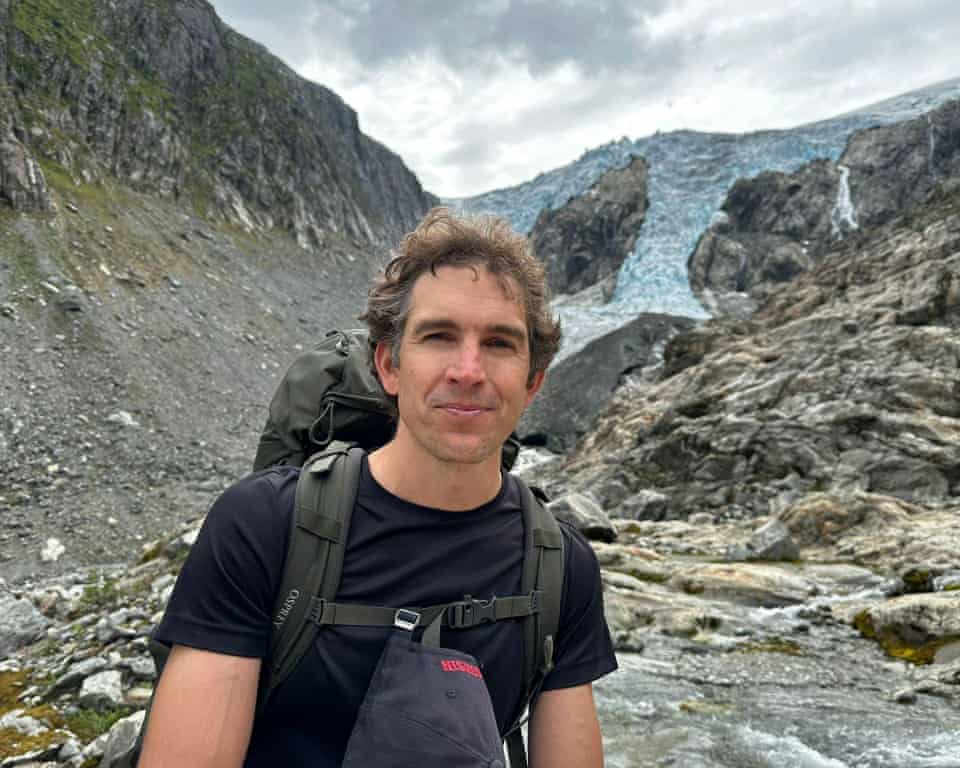Rescue teams in Norway have resumed the search for Alec Luhn, a prominent US-born environmental journalist, who went missing during a solo hike in treacherous weather conditions in the remote Folgefonna national park.
Luhn, 38, who has reported for The New York Times, The Atlantic, and served as The Guardian’s Russia correspondent from 2013 to 2017, was reported missing on Monday after failing to catch a scheduled flight from Bergen. He had been holidaying in Norway with his family and set out alone on 31 July from Ullensvang outdoor centre, located on the northern fringe of the 550 sq km national park in western Norway.
The park, home to Folgefonna, is renowned for its rugged beauty, but also for its unpredictable and often dangerous weather. Officials have confirmed that Luhn is an experienced and physically fit mountain walker and was well-equipped for the hike.
However, worsening weather conditions forced search efforts to be suspended on Monday night. Tatjana Knappen, operations manager with Vestland police, said a rescue helicopter had to be called back around midnight due to severe weather. “It was not reasonable to continue the search up in the mountains,” she said.
Despite forecasts of strong gales again on Tuesday, authorities expressed hope for a temporary window that would allow aerial and ground teams to continue combing the vast and challenging terrain. The ongoing search effort includes Red Cross volunteers, sniffer dogs, drones, and police units.
Luhn’s wife, Veronika Silchenko made a public appeal on Tuesday via social media, urging anyone with information about her husband’s whereabouts to come forward.
Alec Luhn is widely respected in the field of climate journalism and is currently a fellow of the Pulitzer Center’s Ocean Reporting Network. He previously lived and worked in Moscow and Istanbul, and now resides in the United Kingdom. His reporting career has earned him multiple awards, including two Emmy nominations.
Folgefonna national park, with its dramatic fjords, lakes, rivers, and towering icefalls, has drawn adventurers and explorers since the 19th century. Yet, parts of the park remain isolated and potentially perilous, particularly in adverse weather conditions.



